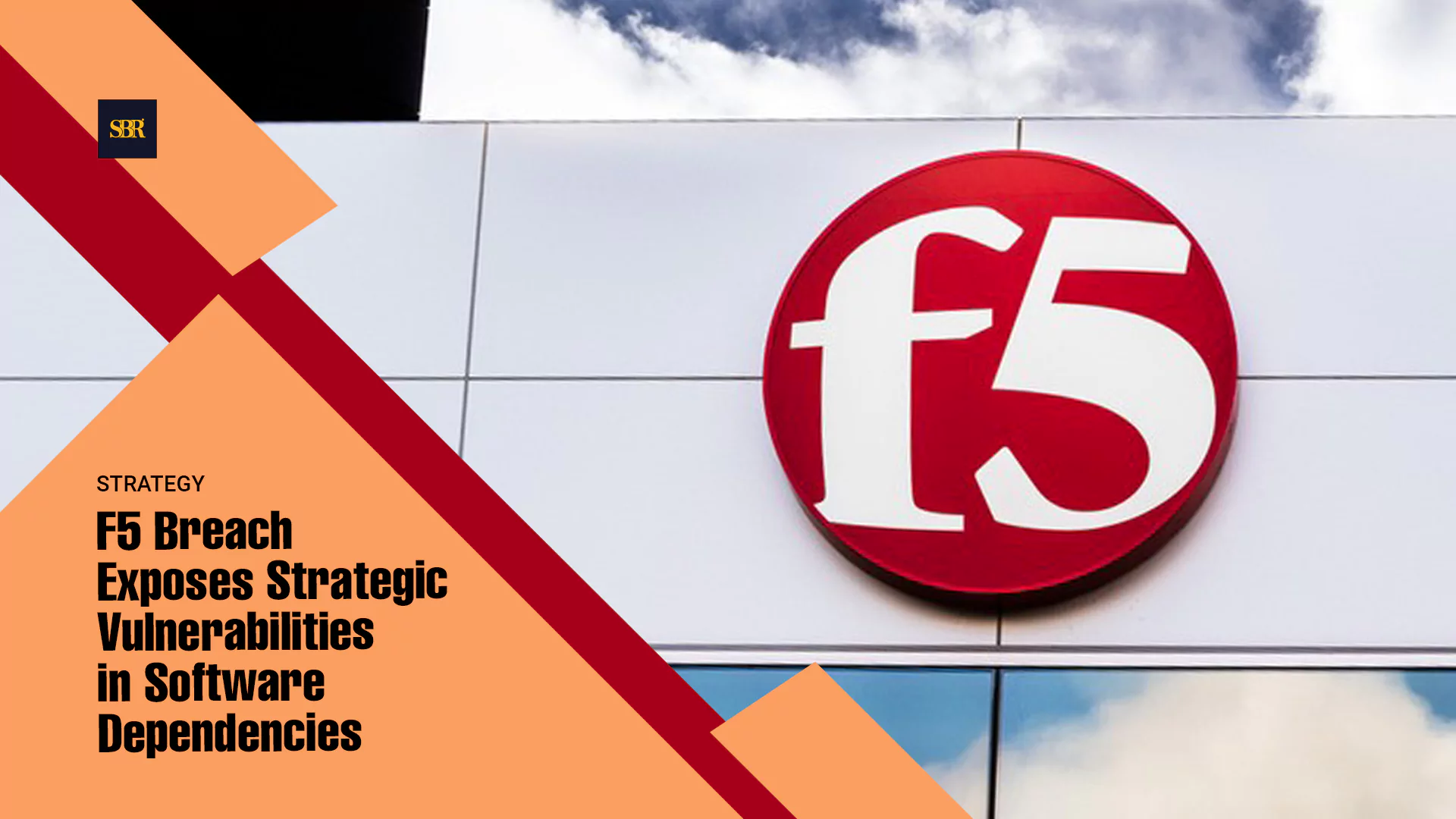NEW YORK, June 3, 2025 — Venmo unveiled a major update Wednesday, introducing expanded debit card features and new retail payment options as the app moves further into full-service fintech territory.
The PayPal-owned platform announced that its revamped Venmo Debit Card now supports tap-to-pay functionality and 15% cash-back rewards at retailers including Lyft, McDonald’s, Sephora, Walgreens and Walmart. It also launched automatic transfers and eliminated foreign transaction fees for international purchases.
Beyond the card updates, Venmo is widening its merchant network. Users can now make purchases directly with brands such as Domino’s, Instacart, TikTok Shop and Uber — a clear push to increase adoption at the checkout counter.
“Our goal is to make Venmo a smarter everyday spending choice, not just a way to pay friends,” said Erika Sanchez, Venmo’s head of product. “These new features are designed to simplify money movement and provide more value at every step.”
The Venmo Debit Card, originally introduced in 2018, is now being positioned as more than a convenience. With tap-to-pay and new automation capabilities, the card aims to increase its role in users’ day-to-day spending, particularly as contactless payments become standard.
Users can now schedule auto-reloads based on balance thresholds, reducing the need to manually top up their cards. The waived foreign transaction fees also appeal to frequent travelers who were previously deterred by hidden costs.
The feature update comes on the heels of competitor Cash App’s disappointing first-quarter performance. Parent company Block reported gross profit of $1.38 billion, falling short of expectations due to lower-than-expected consumer engagement with the app.
In contrast, Venmo reported a 20% year-over-year revenue increase. The number of monthly active accounts climbed by 30%, while total payment volume jumped more than 50%, according to internal data shared by the company.
Still, Venmo faces stiff competition. Zelle continues to dominate the U.S. peer-to-peer payments segment, surpassing $1 trillion in payment volume in 2024, according to industry data.
Even with rivals holding ground, Venmo’s shift toward retailer partnerships and enriched debit card tools marks a clear attempt to capture more consumer wallet share.
With mobile commerce growing and consumer expectations shifting toward convenience, platforms like Venmo are under pressure to provide more utility without adding complexity. These updates indicate Venmo is listening — and adapting — with a measured strategy that builds on its existing user base.
The rollout is expected to continue through the coming months, with more merchant partnerships and debit features under development, the company said.
Our goal is to make Venmo a smarter everyday spending choice, not just a way to pay friends.

















